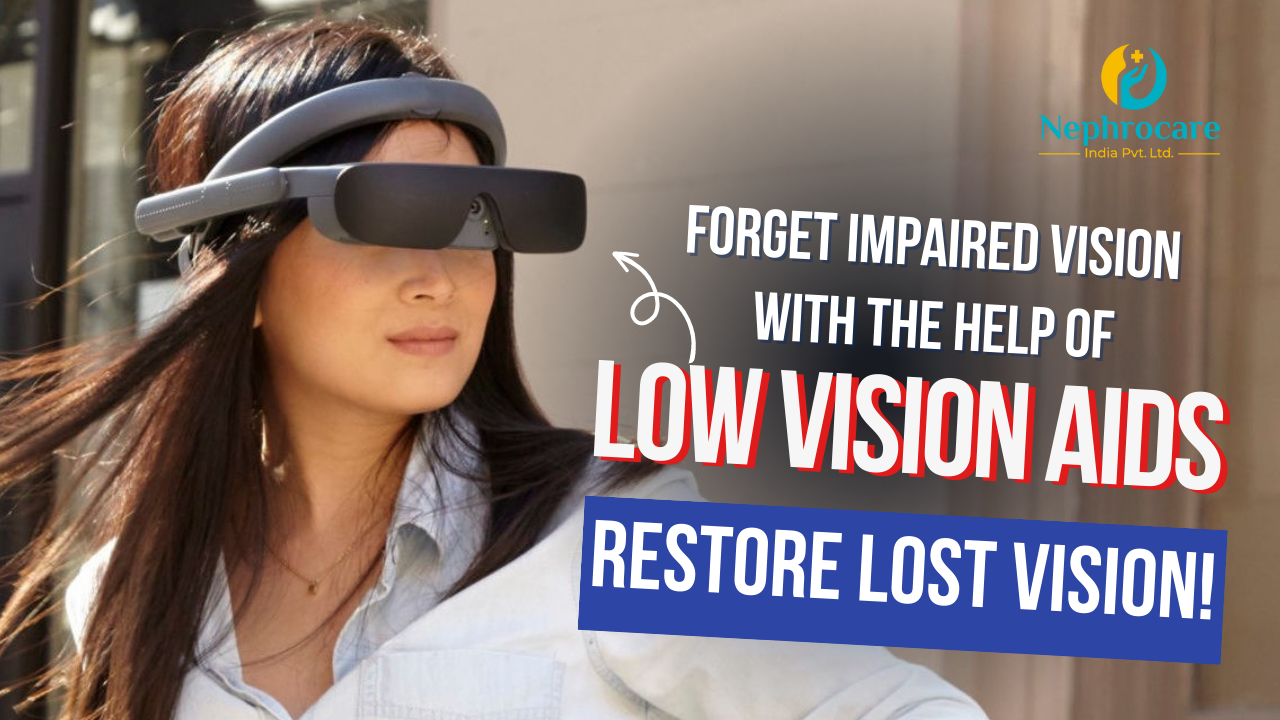
- 1499
- 1
Forget Visual Disability with Low Vision Aids
VISUAL IMPAIRMENT or LOW VISION is a medical definition, which practically cannot be revived or corrected by conventional treatment of eyewear, medical treatment, or surgery. This affects and impacts an individual’s daily normal living, including reading & walking. Age-related macular degeneration, Glaucoma, Cataracts, Retinitis Pigmentosa, and Diabetic and Hypertensive retinopathy are major causes of visual impairment globally.
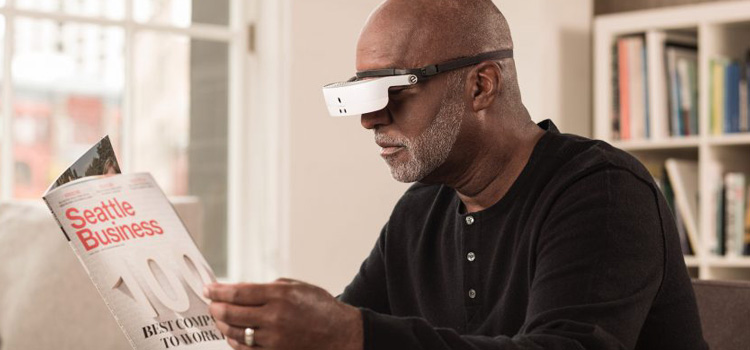
The majority of visual impairments prevail in developing countries as per WHO. This is because of the inaccessibility of treatments and the scarcity of low-vision clinics.
At Nephrocare we are running low vision consultation and offerings aids to those in need. You can also pre-book and order your remedy to low vision.
Contact us to let us help you restoring your vision back- +918069841500

Visual rehabilitation professionals are those eye professionals, who measure, treat, and rehabilitate the residual vision of an individual with the help of LOW VISION AIDS. These aids come in multiple & innovative gadget options and can restore residual vision widely and successfully. Hence, an individual can perform daily activities quite efficiently, though suffering from low vision.
Surprisingly, the practice of vision rehabilitation is very rare and restricted in our country. Very few professionals are trained for providing the service of low vision aids. Moreover, there is an immense scarcity of low-vision clinics in our country. Hence, patients with low vision cannot avail of the treatment frequently, which otherwise can help them to lead a normal quality of life. Loss of awareness is also a major cause for which this innovative treatment is not known to all.
Classification of Low vision
- Moderate low vision (Small percentage of visual impairment)
- Severe low vision (More than 50% of visual impairment)
- Profound low vision (80% of vision impairment)
- Near total low vision (Less than 20% vision remains)
- No light perception (Total Blindness)
What causes low vision
- Macular Degeneration
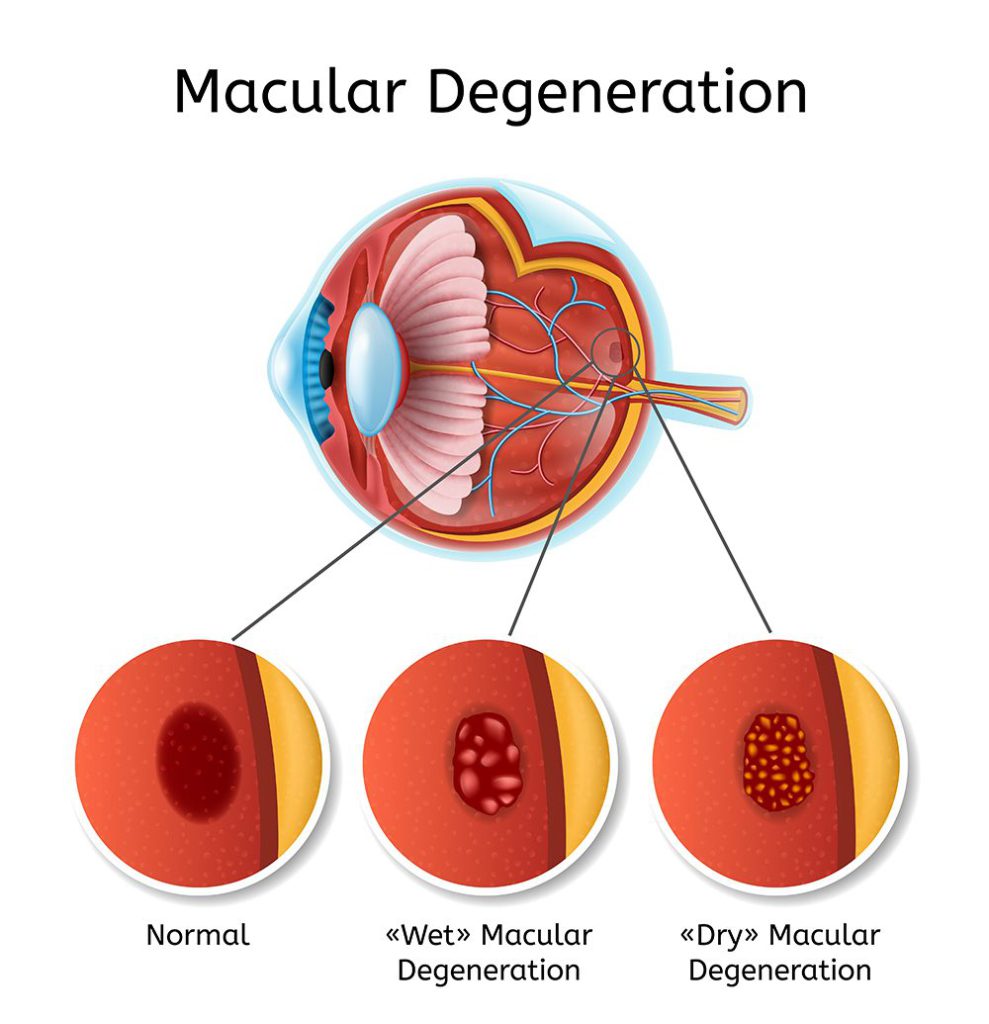
Macula is the area of the Retina, responsible for sharp vision. Disorder of macula affects the light sensitive cells of the retina and causes extreme blur vision with a blind spot in the central visual area of the eye. Macular degeneration are mostly age related, and are either in DRY or WET form. Progress of vision loss is slow in DRY form. Whereas in WET form, visual loss is more rapid & severe, due to rupture or leakage of fluid and blood from abnormal blood cells.
- GLAUCOMA
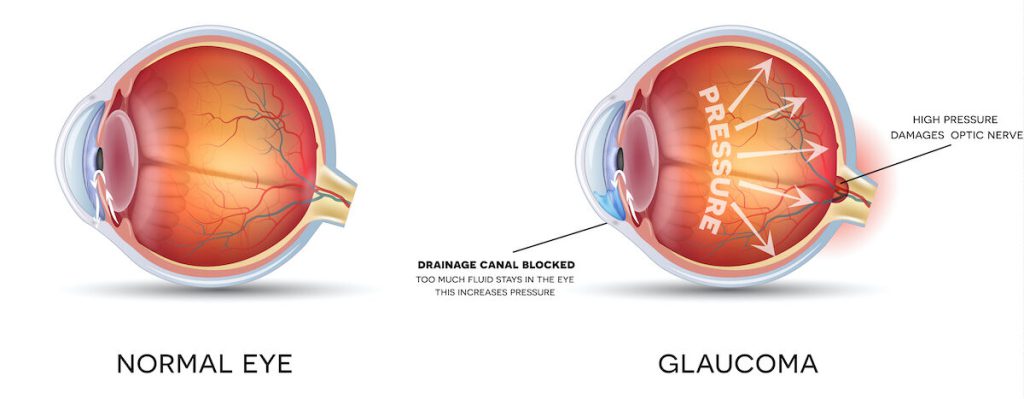
The eye disease which damages the optic nerve due to abnormal increase of internal pressure of the eye. The internal pressure increases either due to disturbance of flow or drainage of fluids within the eye., or due to scarcity of blood flow to the optic nerve. Visual impairment due to glaucoma includes peripheral vision loss and night blindness.
- Diabetic & Hypertensive retinopathy
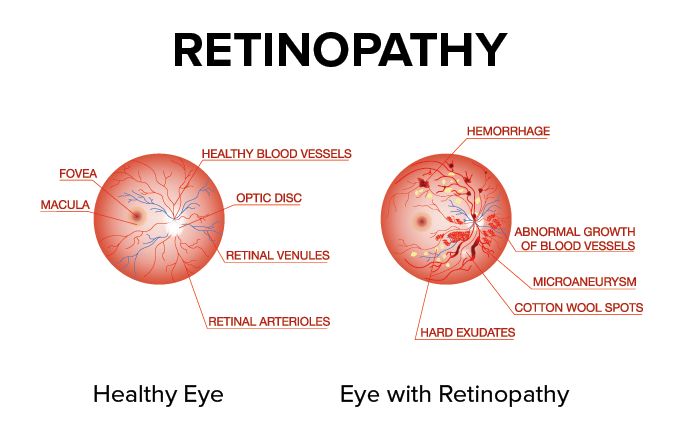
Diabetes or Hypertension causes blood vessels of retina to develop tiny abnormal branches, which finally leaks and causes retinopathy. This can interfere with vision progressively and may severely damage the retina. Loss of vision due to diabetic or Hypertensive retinopathy is mostly permanent, causing low vision symptoms.
- RETINITIS PIGMENTOSA
This condition of eyes gradually destroys night vision, severely reduces side vision, and may result in total visual impairment.
- RETINAL DETACHMENT
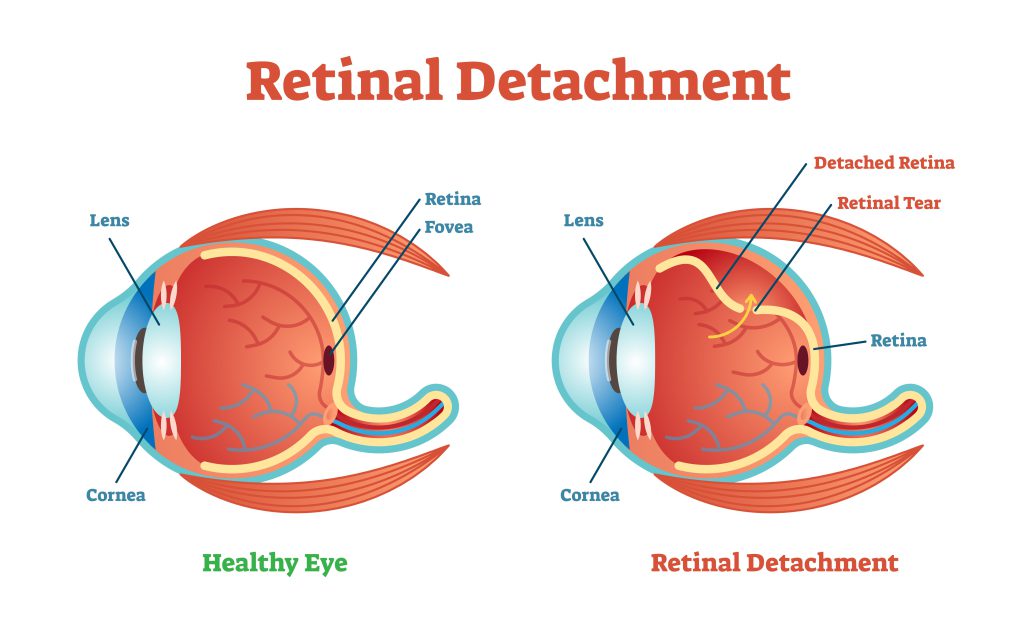
When the retina gets separated from its underlying surface it can cause severe or total vision impairment. Holes in the retina, eye trauma, infection, blood vessels disturbance due to diabetes & hypertension can be all responsible for retinal detachment. Though early diagnosis can correct RD by surgery, partial vision loss is very common.
TYPES OF LOW VISION
- Loss of central vision
This creates a blind spot at the center of the retina, making difficulty in reading, recognizing faces, and distinguishing details at a distance.
- Peripheral vision loss (Tunnel Vision)
Vision is lost in either sides or above and/or below eye level. Peripheral vision loss affects mobility, with a tunnel like vision remaining
- Blur Vision
When both near and far vision is out of focus, even after best possible eyeglass correction.
- Reduced contrast sensitivity
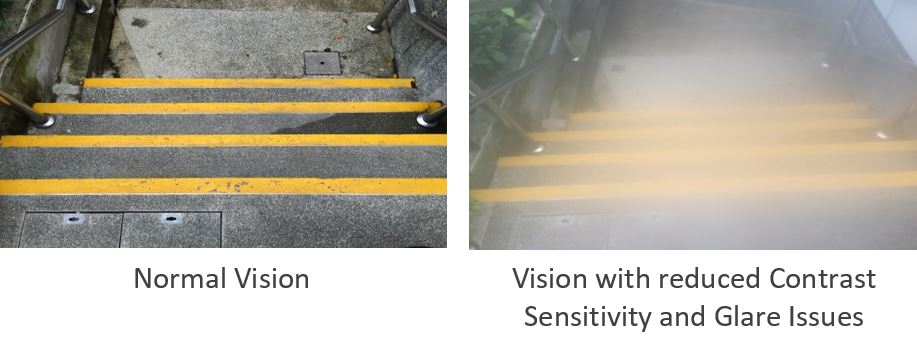
Generalized hazy condition of vision with a sensation of film or cloudiness.
- Night Blindness
Difficulty in dim light vision at interior areas like restaurants and movie theaters.
LOW VISION CARE
Some Eye specialists and Optometrist specializes in low vision rehabilitation. Vision rehabilitation maximizes visual functioning, even with residual vision. hence, patient can achieve visual goals and improve the quality of life. Low vision care includes optical and electronic magnification devices, flare controls, contrast enhancement, visual enhancement, etc.
LOW VISION DEVICES
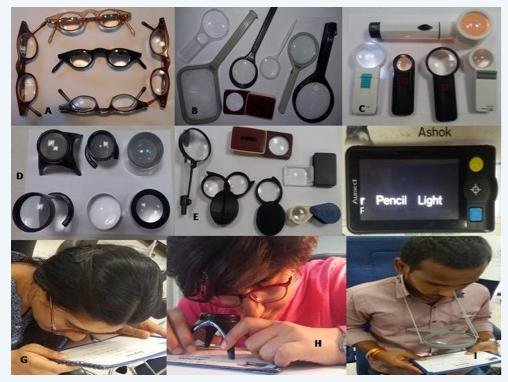
A variety of options for vision rehabilitation are suggested and prescribed, after scrutinizing thoroughly the life styles, and how the impairment is affecting the daily activities. The devices can be in the form of……
- Spectacle mounted magnifiers.
- Spectacle mounted telescopes.
- Hand held & stand magnifiers with self-illumination.
- Electronic video magnifiers.
- Reading prism Dom.
- Binocular or monocular spectacle loops.
People with low vision can learn variety of technics to help them perform daily activities with remaining vision.
Contact For Appointment– +918069841500
Comment
Check Your EGFR
***We Promise, no spam!



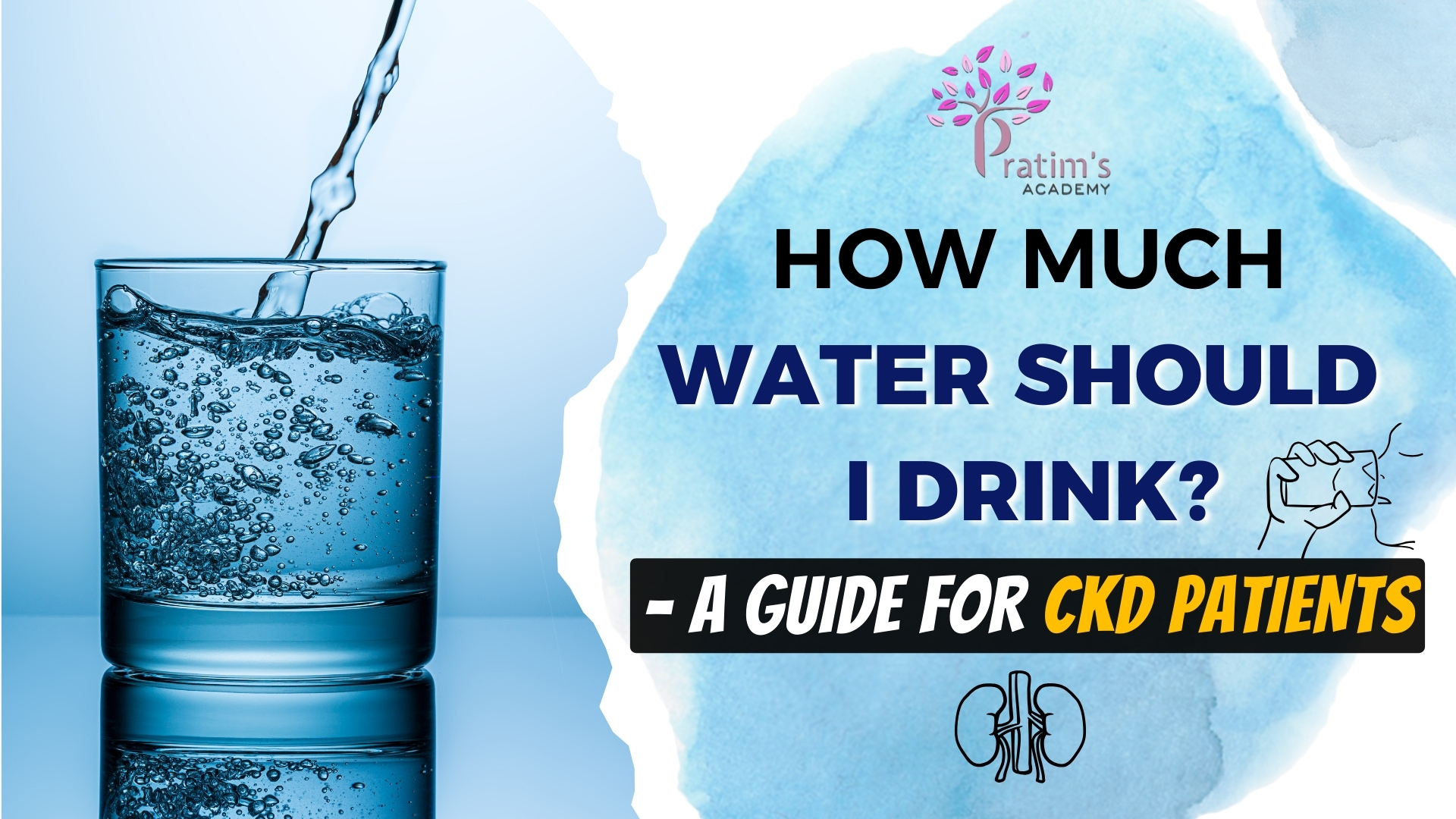



2023-06-17 15:56:05
Hii